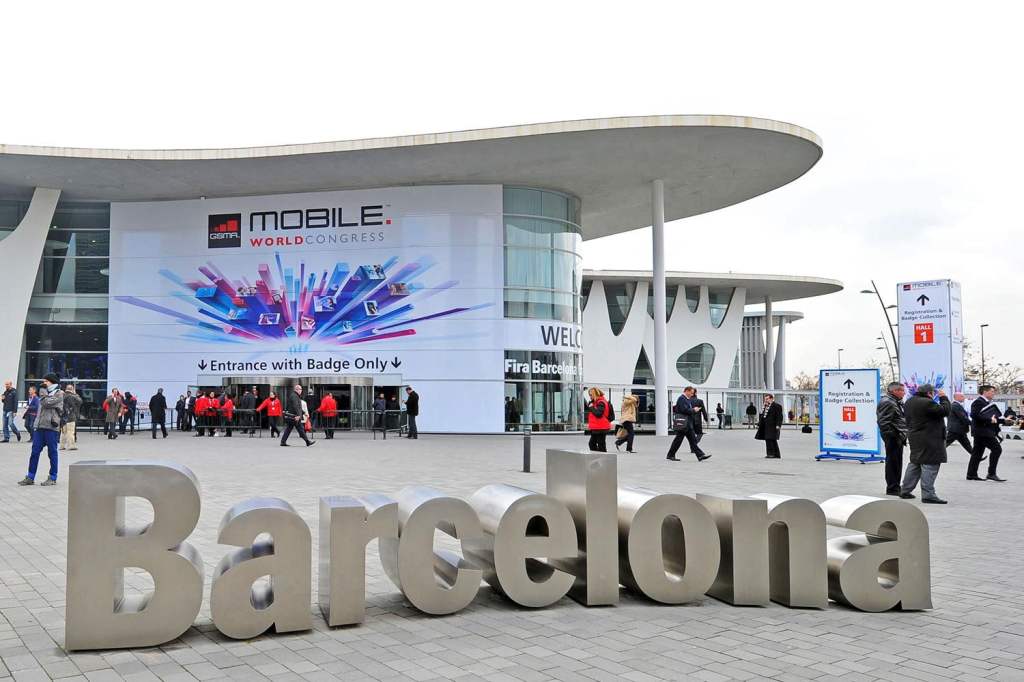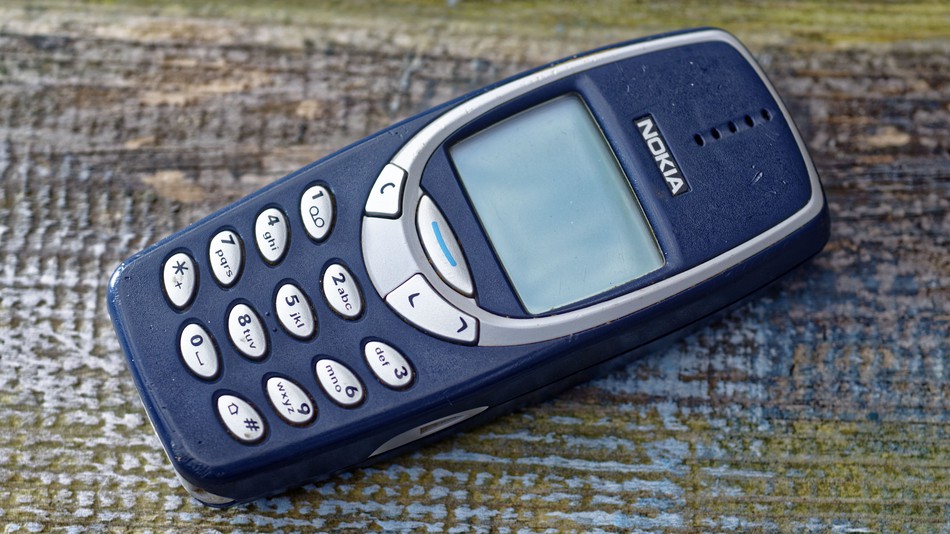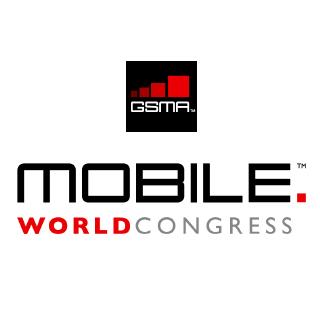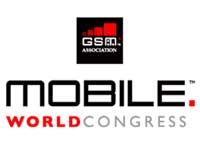Mobile World Congress 2019
Foldable phones star
Barcelona was again the epicenter of mobile tech last week when some 100,000 visitors attended the 2019 Mobile World Congress at the Fira Barcelona exhibition center. Foldable phones and 5G capability grabbed the spotlight, flanked by new multimedia applications and car updates. 5G foldable phones Two major smartphone brands presented headline devices: Huawei and Samsung. […]



